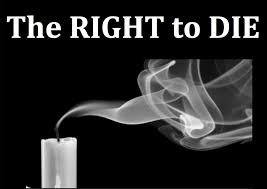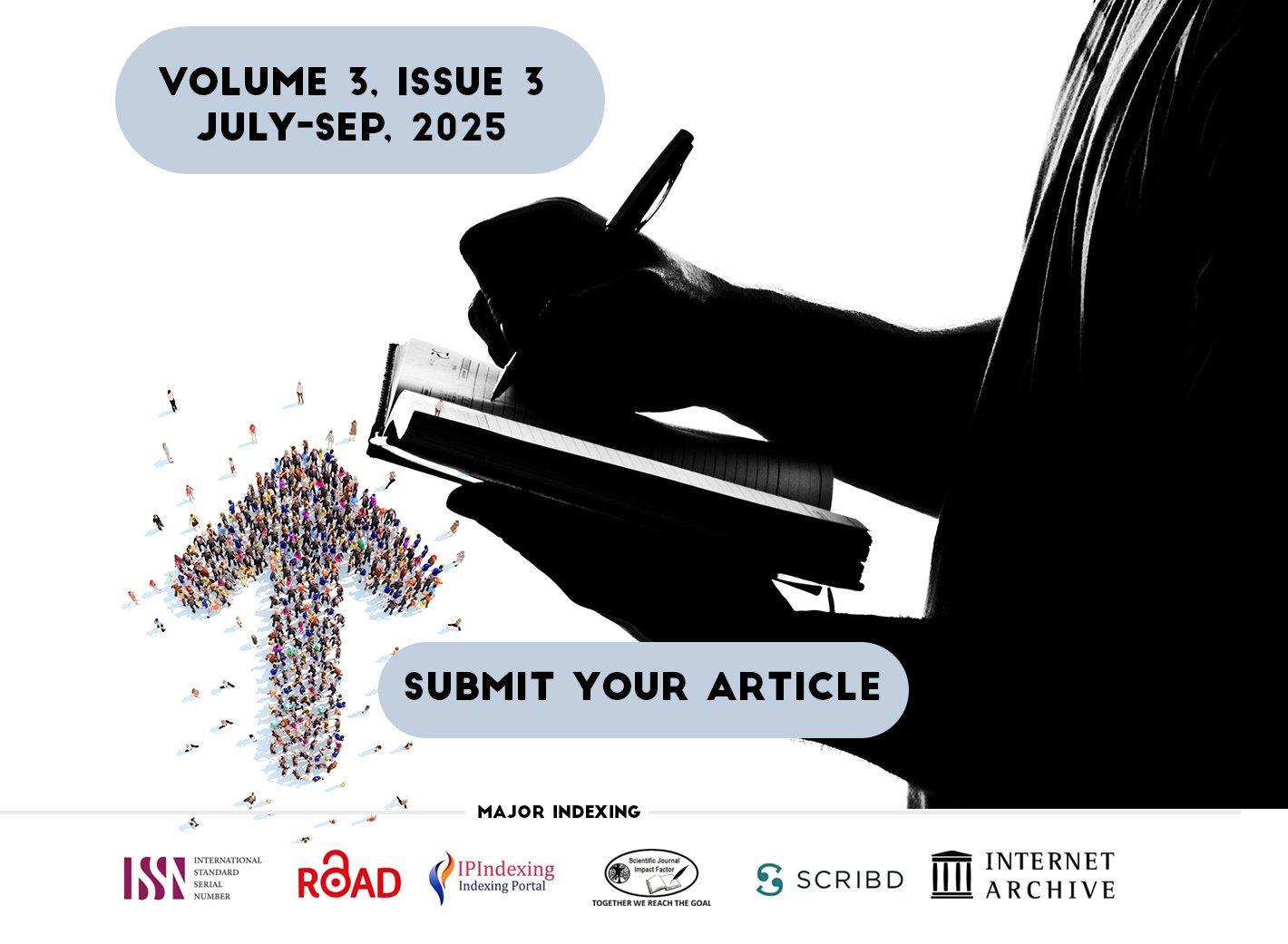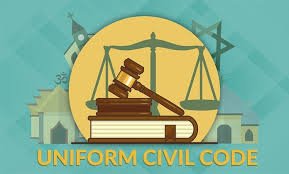There has long been a debate as to whether our Constitution should be called “Constitution of India” or “Constitution of India”. Although the Constitution has adopted provisions on fundamental rights from other constitutions, we should not hesitate to call our Constitution ours in the truest sense of the word. The Golden Triangle of the Constitution of India, consisting of Articles 14, 19 and 21, has always been an instrument in the hands of the Supreme Court of India when a fundamental rights issue was raised. Where the constitution guarantees everyone the right to life and personal liberty itself. The question arose whether the individual has the right to decide on the complete termination of life. For a long time, the question was answered in the negative and the primacy of the constitution was argued.
The following research article addresses the same issue considering recent developments in the country’s constitutional and criminal justice systems. After decades of debate, the Supreme Court has finally decided to break its silence in the historic Aruna Shanbaug case, in which the court recognized that the right to die is an integral part of the right to life. In the following research article, the author offers an in-depth examination of the topic and explains its historical background and constitutional philosophy. The author went a step further and expanded the research field to include a critical analysis of the judgment of Arun Shanbaug and conducted a comparative analysis of the legality of euthanasia in countries such as India, the United States, Great Britain, the Netherlands, and Switzerland. As the concept of euthanasia is a young concept in the Indian legal system, the author has also highlighted its advantages and disadvantages which will help the reader to better understand the argument.






